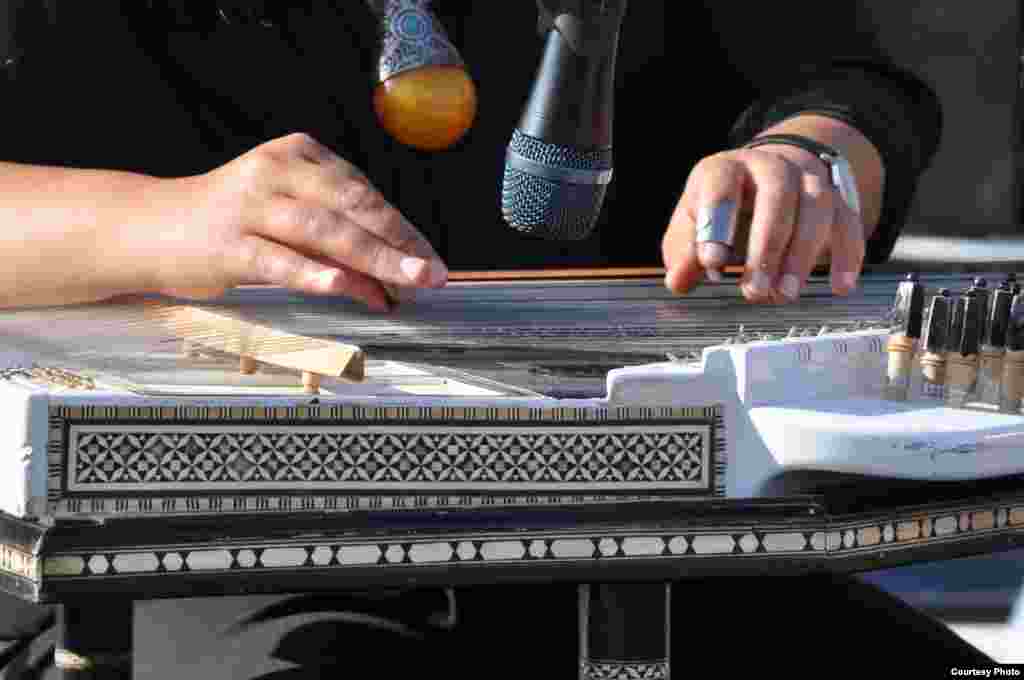

Today, the ‘ud is the most widespread in the family of plucked string instruments in the Middle East, symbolizing high Arab culture, and representative of the highest form of entertainment and pleasure, as well as the scientific and intellectual reflections. In more recent times, the long-necked tanbūr, the sāz, and the buzuq gained more acceptance among the folk communities, while the short necked lutes such as the ‘ud, the kwitra, and the tūnīsī became the instruments of the urban population in the Arab world.
#Middle eastern stringed musical instruments professional
The popularity of these instruments was widespread among professional and amateur musicians alike and aside from solo playing, they accompanied solo vocal renditions as well as some ceremonial songs of some peculiar Islamic sects. The buzuq has twenty-four frets and through the years, it has become a solo instrument and known for its improvisatory music called taqāsīm. Sāz is the generic term for any instrument, especially stringed instruments, while in Turkey sāz refers to music in general and to long-necked lutes in particularĪs can be gathered from their descriptions, these instruments were made in different sizes and exhibited different shapes, having a variety in the number of frets from 12 to 17 and with two to three courses of strings. In Azerbaijan, the sāz refers to a long-necked plucked lute having nine strings that are grouped in triple courses. The sāz on the other hand is found in Persia, Azerbaijan and Turkey. The word tanbur has also influenced the Indian tambura, even though the latter has a very different musical function, which is supplying the drone to a given performance. Turkey has also a tambur with a very long thin neck and a rounded body, with six (three pairs of) metal strings. Just like the Afghan tanbur, its neck is usually decorated with inlay bone or white plastic. The Tajik/Uzbek tanbur has four metal strings played with a wire plectrum on the index-finger. The Afghan tanbur (or tambur) on the other hand, has a gourd-like rounder body, a wide hollow neck with some decoration, and 3 courses (either single or double) of metal strings. The Iranian tanbur has a narrow pear-shaped resonator body and has three metal strings, with the first course being doubled where the melody is played. The tanburs existed in Mesapotamia since the third millennium before Christ and by the tenth century, Al-Farabi, an eminent scholar, mentioned the presence of the tanbur in Persia, which eventually spread to other countries, to Central Asia, to Turkey, and to the Arabian peninsula. Evidence of the existence of instruments such as the long-necked lutes as the tanbūr, the sāz, and the buzuq, has been unearthed in Iraq dating back to 2350-2170 B.C.E.

Perhaps, some of the oldest known history of the plucked string may be found in the Middle Eastern civilizations which dates back to the thousands of years before Christ.


 0 kommentar(er)
0 kommentar(er)
